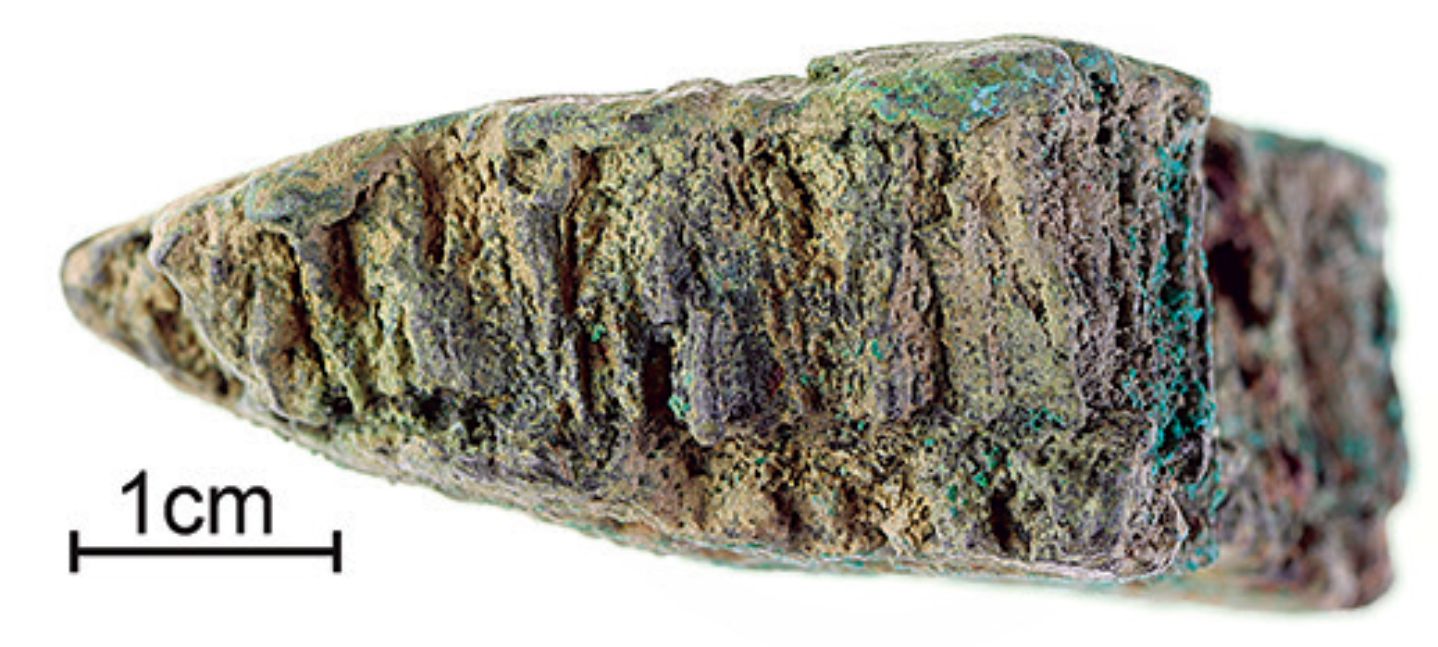The testimonial value of Bronze Age metal raw materials and knowledge of the organisational and technological process of tin bronze metallurgy
DOI:
https://doi.org/10.35686/AR.2021.17Keywords:
metal raw materials, casting cakes, bronze metallurgy, hoards, Bronze Age, BohemiaAbstract
The study contributes to knowledge of the Bronze Age tin bronze production process based on the testimony of metal raw materials. This concerns evidence of metallurgical activities both in the form of semi-finished products/ingots and waste generated during production activities. Metal raw materials of a diverse nature, function and provenance occur in various contexts throughout most of the Bronze Age. Besides material analyses, metal raw materials originating in Bohemia have not yet received comprehensive systematic attention, especially in terms of their detailed description and the resulting data to assess types of products. The research focused on a study of the formal properties of metal raw materials, categories of smelting and casting products within the operational chain of bronze metallurgy and patterns of organisational and technological treatment in various space and time contexts. Both classical archaeological methods of documentation and scientific analytical methods were used and compared.
Downloads

Downloads
Published
How to Cite
Issue
Section
License
Copyright (c) 2022 Markéta Augustýnová, Marek Fikrle, Jiří Kmošek

This work is licensed under a Creative Commons Attribution 4.0 International License.










